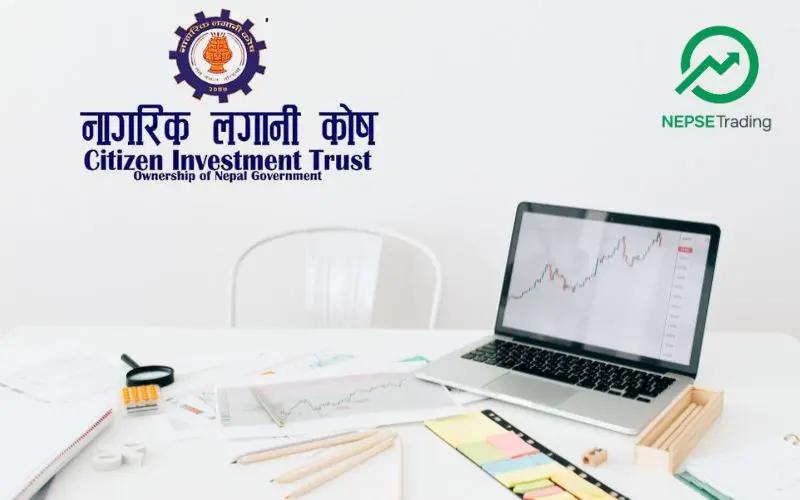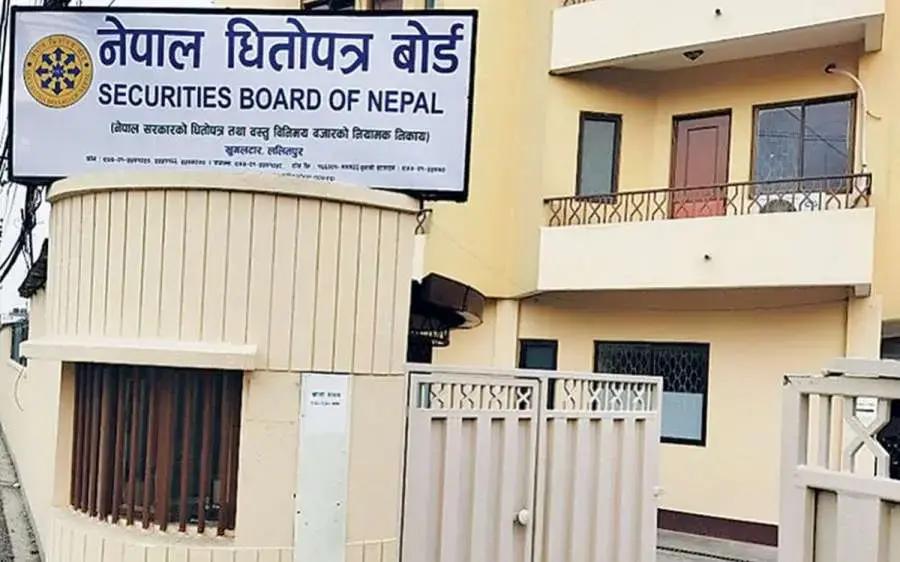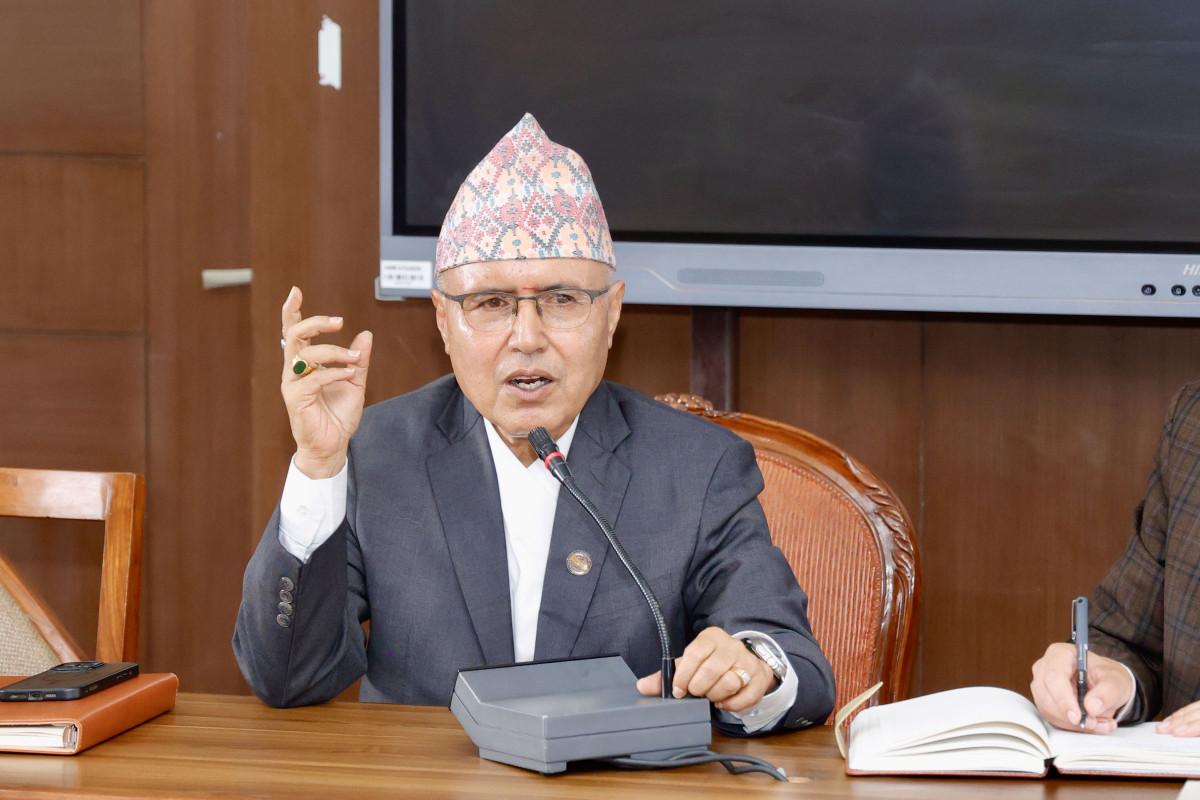By Sandeep Chaudhary
Remittance Inflows Cross Rs. 1,700 Billion – A Lifeline for Nepal

Remittances remain the backbone of Nepal’s economy, and the latest data confirms their central role. In FY 2024/25, workers’ remittance inflows surged to Rs. 1,723 billion, up from Rs. 1,445 billion in FY 2023/24 and Rs. 1,240 billion in FY 2022/23. By mid-August 2082/83 (2025/26), remittances had already reached Rs. 177 billion, pointing to continued momentum. This steady rise has cushioned Nepal’s economy through global shocks, political instability, and weak domestic investment, underscoring why remittances are often described as Nepal’s economic lifeline.
The impact of remittances is evident across multiple fronts. At the household level, they support consumption by covering education, healthcare, housing, and day-to-day expenses. This is reflected in Nepal’s relatively stable Gross National Disposable Income (7.4% growth in FY 2024/25) despite modest real GDP growth. At the macro level, remittances are the single biggest driver of Nepal’s external stability. They contributed to turning the current account from a deficit of Rs. -623 billion in FY 2021/22 to a surplus of Rs. 409 billion in FY 2024/25. Foreign exchange reserves also surged to USD 19.5 billion, enough to cover more than a year of imports, thanks largely to remittance inflows.
However, the growing dependence on remittances raises structural concerns. While they provide liquidity and stabilize the balance of payments, they also mask weaknesses in Nepal’s domestic production, job creation, and capital formation. Gross Fixed Capital Formation has dropped to just 24.1% of GDP, showing that remittance inflows are not being adequately channeled into productive investment. Instead, much of the money fuels consumption and imports, which widens the trade deficit. This makes Nepal’s economy vulnerable to external shocks if labor migration slows or if destination countries face economic downturns.
To turn this lifeline into a sustainable growth driver, Nepal must focus on channeling remittances into investment-friendly instruments—such as infrastructure bonds, cooperative-led enterprises, or SME financing—so that the money strengthens domestic industries rather than flowing out in the form of import spending. Policies that create jobs at home could also gradually reduce overdependence on foreign employment.









